Speaker
Description
The technique of evaporative CO${}_2$ cooling is a promising solution for the application in high-energy particle detectors, such as the new ATLAS Inner Tracker (ITk) for the planned high-luminosity upgrade of the LHC by 2026.
The advantages of CO${}_2$ are a high latent heat transfer at reasonable flow parameters, the possibility to use small diameter cooling pipes resulting only in small pressure drops, a well-suited temperature range for detector cooling between +25 and -40$^\circ$C and being an environment friendly alternative to many other currently used coolants. At the same time when comparing with a monophase coolant, the operation in the dual-phase regime comes with several parameters influencing the cooling performance, which need to be understood in detail.
In this contribution, the results of an experimental study on some of these influencing factors will be presented. For this, prototype structures from the ITk strip detector end-cap were used, like bare local support structures ('cores') or fully loaded structures ('petals'). Here, the design is optimized to guarantee a good heat transfer between the silicon strip modules glued on the surface and the embedded titanium cooling pipe with the CO${}_2$ coolant.
Systematic investigations on the thermal performance using infrared thermography are used to study the influence of dual-phase CO${}_2$ cooling parameters (heat load, mass flow rate, flow orientation) and are finally compared to dedicated simulation results.
| Primary experiment | ATLAS ITk |
|---|
